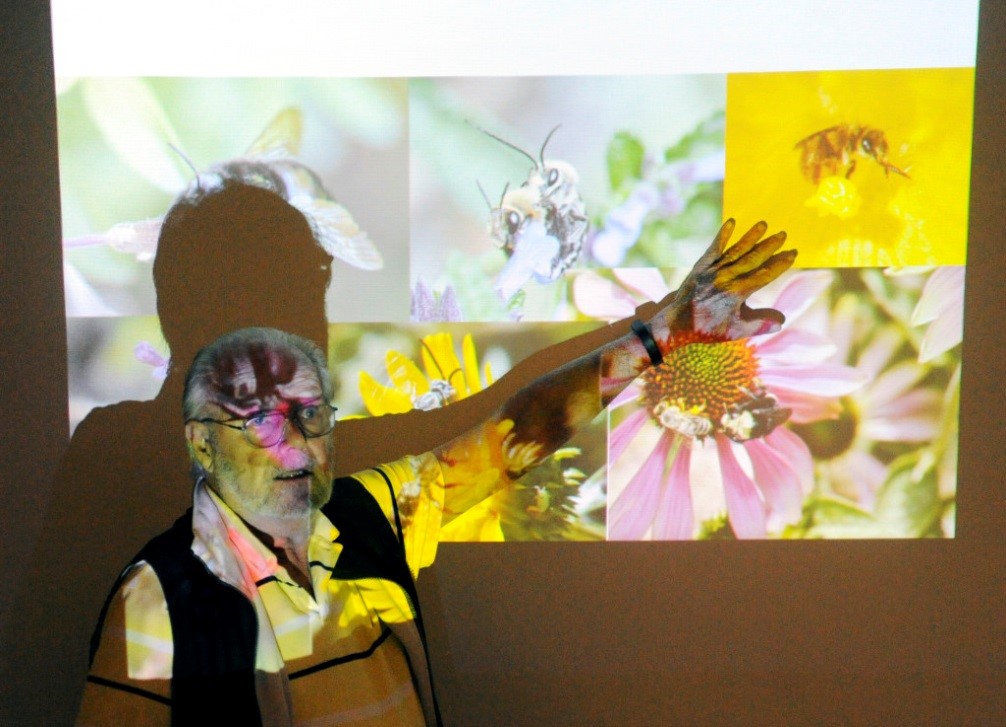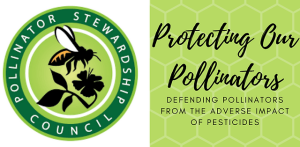
Robbin Thorp, UC Davis emeritus professor of entomology, discusses the different varieties of bees at Rush Ranch, recently. (Aaron Rosenblatt/Daily Republic)
By Bill Hicks
SUISUN CITY — As a county with an economy strongly tied to agriculture, Solano County should care greatly about the health and well-being of bees.
Educating local residents on ways to improve local living conditions for bee populations was the aim of a highly popular program being hosted by Solano Land Trust at Rush Ranch, recently.
The program, moderated by University of California, Davis Professor Emeritus Robbin Thorp, helped define exactly what bees are and aren’t, identified some different varieties and ways to help support those bee populations.
Related to wasps, which are carnivorous, Thorp said that bees, “are simply wasps that have gone vegan,” relying on pollen and nectar as a food source.
Another key difference is that bees, unlike wasps, not only collect pollen but are adapted to do so efficiently. Bees have branched hairs on their bodies, which wasps do not, aiding in their capacity to carry pollen. Likewise, bees generate an electrostatic charge when they fly, helping pollen cling to them.
The most surprising fact for many was the wide variety of bee species. Most people likely associate bees with the creatures that make honey, but there are between 20,000 to 30,000 bee species in North America, which is more than the total number of species of birds, mammals, reptiles and amphibians combined.
About 1,600 varieties of bees live in California, and 300 of those call the Solano/Yolo county areas home. Not all of those types live in hives, create honey or live as part of a social group, Thorp said.
Many build nests in the soil or wood. Those living in wood seal off some of these chambers with a slurry made from wood particles.
“Bees invented particle board a long time before people did,” Thorp said.
Even in hot climate conditions, bees have proven to be highly adaptive. Some bee varieties will collect water, deliver it to a hive or nest then fan the water with their wings, Thorp said.
“They came up with the idea for a swamp cooler a long time ago,” he joked.
There are a number of environmental stresses on bee populations, not all of which are manmade. Thorp said there are a number of manmade solutions that can benefit bees – and thus, local agriculture. Among those were the restoration of landscapes, roadside planting, green belts, green roofs and urban gardening initiatives.
More information about steps to help encourage bee populations to thrive locally is available at www.helpabee.org.








